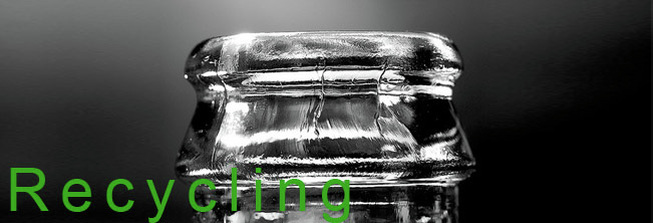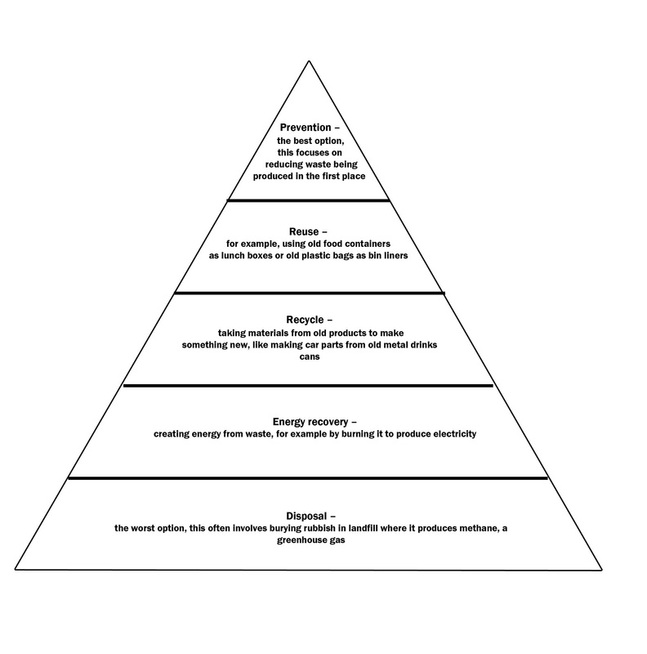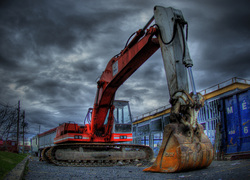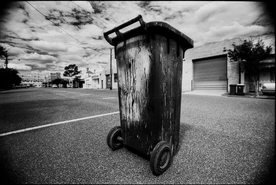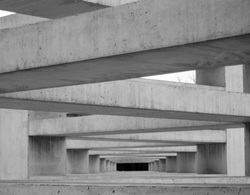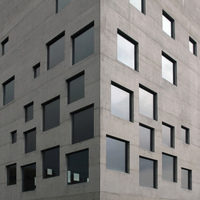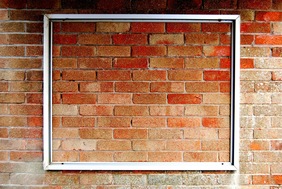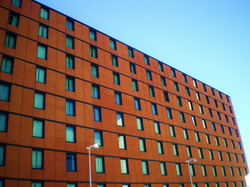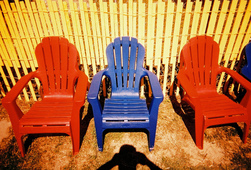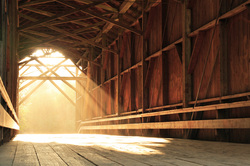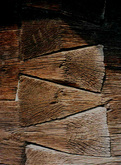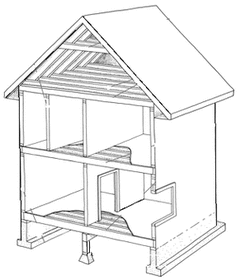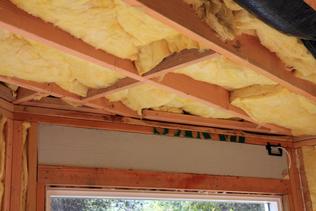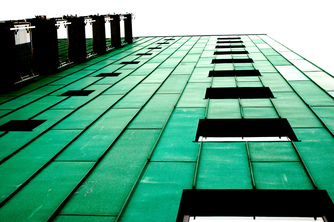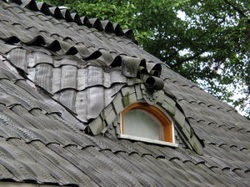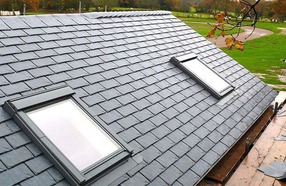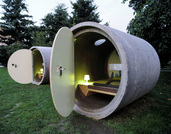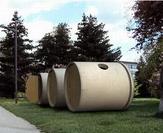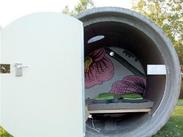- Home
- Project Waste
- Statistics
- What's Wasted
- Why is it Wasted
- Material Lifecycle
- Recycling
- Landfill
- Smart Manufacture
- Design for Disassembly
- Simple Construction
- Avoiding Wasteful Techniques
- Legislation & Policy
- Case Studies
We all Know about it, but how many of us actually put the three R's (Reduce, Reuse, Recycle) into fruition?
OVERVIEW
This page will tell you about how waste can be salvaged, the different processes and materials involved and the benefits of doing so!
IT'S A FACT!
- 40 % of waste In Europe, approx 510 million tonnes, is construction and demolition waste.
- Up to 60% of the rubbish that ends up in the dustbin could be recycled.
- The largest lake in the Britain could be filled with waste from the UK in 8 months
- Glass that is thrown away and ends up in landfills will never decompose
The Recycling Heirachy
The top of the pyramid has the smallest economical repercussions and is the best option!
The top of the pyramid has the smallest economical repercussions and is the best option!
Waste created from buildings and construction can eventually be split into two categories, the first being the actual Construction Waste the second being waste created by Human Usage.
Both groups have similar outputs just on different scales...
Both groups have similar outputs just on different scales...
WASTE FROM CONSTRUCTION
WASTE FROM HUMAN USAGE
HOW THESE MATERIALS ARE RECYCLED:
Steel:
Steel can be recycled time and time again without loss of quality; by simply recycling our steel cans we can conserve non-renewable fossil fuels, reduce the consumption of energy and the emission of gasses like carbon dioxide into the atmosphere.
Recycled Steel is:
Recycled Steel is:
- Put into the furnace where molten iron is added
- Oxygen is then blasted into the furnace which heats up to around 1700 degrees centigrade
- The liquid metal is poured into a mould to form big slabs which are then rolled into coils
- These coils are used to make all sorts of steel products such as bikes, cars, bridges, paperclips or even food and drink cans.
Concrete:
When structures made of concrete are demolished or renovated, concrete recycling is an increasingly common method of utilizing the rubble. Concrete was once routinely trucked to landfills for disposal, but recycling has a number of benefits that have made it a more attractive option in this age of greater environmental awareness; more environmental laws and the desire to keep constructioncosts down.
- Concrete aggregate collected from demolition sites is put through a crushing machine.
- Crushing facilities accept only uncontaminated concrete, which must be free of trash, wood, paper and other suchmaterials. So concrete must be sorted first.
- Metals such as rebar are accepted, since they can be removed with magnets and other sorting devices and melted down for recycling elsewhere.
- The remaining aggregate chunks are sorted by size.
- Larger chunks may go through the crusher again.
- After crushing has taken place, other particulates are filtered out through a variety of methods including hand-picking and water flotation.
Brick:
Bricks and brick work are a big part of masonry construction. Brick can be Reused as well as recycled.
Used brick is becoming more and more sought after because of its urnique and aged look, as well as its historic appeal. In some areas of the country, antique brick actually goes for a higher price than new brick.
Unused brick can also be recycled. New brick that fails to meet the manufacturers’ standards can be recycled through a crushing process, creating “brick chips.” Those brick chips can be used as a landscape material, or can be reground through the manufacturing process to create new, quality brick.
Other ways brick can be recycled
Used brick is becoming more and more sought after because of its urnique and aged look, as well as its historic appeal. In some areas of the country, antique brick actually goes for a higher price than new brick.
Unused brick can also be recycled. New brick that fails to meet the manufacturers’ standards can be recycled through a crushing process, creating “brick chips.” Those brick chips can be used as a landscape material, or can be reground through the manufacturing process to create new, quality brick.
Other ways brick can be recycled
- Place a brick in the cistern of your toilet to displace water. The brick takes up volume, decreasing the amount of water used to flush your toilet each time. You can save about 500 gallons of water each year per toilet with just one brick!
- Used bricks make a handsome walkway leading up to your home. It can be made from bricks of all sizes, as long as the structure of the brick is strong.
- For the ambitious, try using recycled bricks to make a brick barbecue or fire pit.
- Use old bricks to line flower beds or gardens in your yard.
- Earn some extra money! Brick can often be sold to local masonry companies for resale as aged brick or ground up to make concrete.
Glazing:
Glazing Waste consists of glass, wood, UPVC, metal. There is in addition a small amount of other materials such as packaging cardboard, polythene wrapping and silicon tubes.
More than 85% of this waste can be diverted from landfill: Glass can be recycled, wood chipped for energy, uPVC recycled to make new windows and metal reworked.
More than 85% of this waste can be diverted from landfill: Glass can be recycled, wood chipped for energy, uPVC recycled to make new windows and metal reworked.
Plastics:
The symbol variation for plastic products has three thin arrows and a number in the middle. The number indicates the type of plastic used to make the product. This identification is important because plastics may not be mixed during recycling. Even a small amount of a different type can make the entire batch unusable. Types 1 and 2 make up 90 percent of the plastic bottle market generally available to consumers.
Type 1 -- PETE or PET (Polyethylene Terephthalate) Used for soda, liquor and juice bottles and peanut butter jars and some jars for oils. This plastic can be recycled into new construction products including fabrics and carpet fibers.
Type 2 -- HDPE (High-Density Polyethylene) Used for milk, juice, detergent, bleach and motor oil containers. When recycled, this plastic is used for lumber substitutes, trash and compost containers among other products.
Type 3 -- V or PVC (Vinyl/Polyvinyl Chloride) Used for windows, doors, shower curtains, and similar products. This plastic can be recycled into fencing, sewer pipes and garden hoses.
Type 4 -- LDPE (Low-Density Polyethylene) Used for cellophane wrap, stretch wrap and squeeze bottles. This plastic is recycled to make similar products.
Type 5 -- PP (Polypropylene) Used for food containers and long underwear. This plastic is recycled into furniture, carpet and auto parts.
Type 6 -- PS (Polystyrene) Also know as Styrofoam. This plastic is recycled into plastic
Construction is mainly concerned with type 3
Mechanical recycling is the process of recycling plastics by:
It is a two-stage process:
Type 1 -- PETE or PET (Polyethylene Terephthalate) Used for soda, liquor and juice bottles and peanut butter jars and some jars for oils. This plastic can be recycled into new construction products including fabrics and carpet fibers.
Type 2 -- HDPE (High-Density Polyethylene) Used for milk, juice, detergent, bleach and motor oil containers. When recycled, this plastic is used for lumber substitutes, trash and compost containers among other products.
Type 3 -- V or PVC (Vinyl/Polyvinyl Chloride) Used for windows, doors, shower curtains, and similar products. This plastic can be recycled into fencing, sewer pipes and garden hoses.
Type 4 -- LDPE (Low-Density Polyethylene) Used for cellophane wrap, stretch wrap and squeeze bottles. This plastic is recycled to make similar products.
Type 5 -- PP (Polypropylene) Used for food containers and long underwear. This plastic is recycled into furniture, carpet and auto parts.
Type 6 -- PS (Polystyrene) Also know as Styrofoam. This plastic is recycled into plastic
Construction is mainly concerned with type 3
Mechanical recycling is the process of recycling plastics by:
- Sorting;
- Shredding;
- Washing;
- Melting;
- Pelletise.
It is a two-stage process:
- Sorting is mainly done automatically with a manual polish;
- Plastic is either melted down directly and moulded into a new shape, or shredded into flakes then melted down before being processed into granulates
Timber:
Recycled timber most commonly comes from old buildings, bridges and wharfs, where it is carefully stripped out and put aside by demolishers. At the same time any usable dimension stone is set aside for reuse.
During the recycling process
Wood that is not of a quality to be reused as reclaimed timber can be recycled into the following:
Mulch - can be used to prevent soil erosion, enrich soils, help limit water loss and moderate soil temperature change.
Composting Agent - sawdust and chipped wood can be used as a bulking agent to improve air flow and decomposition.
Pet Bedding/Equestrian Surfacing - Untreated material can be used for pet bedding, and can also be used in all weather exercise rings for horses.
Chipboard and Medium Density Fibreboard (MDF) - these are produced by mixing chipped wood with a resin and applying heat and / or pressure to form a board.
During the recycling process
- The demolisher sells the salvaged timber to merchants
- The timber merchants re-mill the timber by manually scanning it with a metal detector, which allows the timber to be de-nailed and sawn to size
- Once re-milled the timber is commonly sold to consumers in the form of timber flooring, beams and decking.
Wood that is not of a quality to be reused as reclaimed timber can be recycled into the following:
Mulch - can be used to prevent soil erosion, enrich soils, help limit water loss and moderate soil temperature change.
Composting Agent - sawdust and chipped wood can be used as a bulking agent to improve air flow and decomposition.
Pet Bedding/Equestrian Surfacing - Untreated material can be used for pet bedding, and can also be used in all weather exercise rings for horses.
Chipboard and Medium Density Fibreboard (MDF) - these are produced by mixing chipped wood with a resin and applying heat and / or pressure to form a board.
The 'Perfect' Recycled house:
From Bottom to TOP!
Concrete Structuring
Through intelligent use, concrete can reduce key environmental impacts that contribute to climate change, as well as other environmental impacts. Concrete’s inherent properties—extreme durability, rigidity, thermal mass, and high reflectivity—make it ideal for building structures that:
Recycled concrete can only make up a small percentage of the aggregates needed for new structural concrete, but this does not limit its benefits over creating totally new concrete.
This can be used both as walls (in hot and temperate climates) or in foundations.
Through intelligent use, concrete can reduce key environmental impacts that contribute to climate change, as well as other environmental impacts. Concrete’s inherent properties—extreme durability, rigidity, thermal mass, and high reflectivity—make it ideal for building structures that:
Recycled concrete can only make up a small percentage of the aggregates needed for new structural concrete, but this does not limit its benefits over creating totally new concrete.
This can be used both as walls (in hot and temperate climates) or in foundations.
Insulation
Insulation is necessary to keep warmth in your house and stop the transfer of it out! The measure of this is known as an R - value, good insulation has a higher R - value.
Cladding
Reclaimed Brick, Stone and Timber are all used on the exterior walls of different housing and for cladding.
Insulation is necessary to keep warmth in your house and stop the transfer of it out! The measure of this is known as an R - value, good insulation has a higher R - value.
- Methods of using Recycled materials for insulation :
- Recycled denim
- Spray Foam insulation made from soybeans (for more information click here)
- Recycled compacted newspaper
Cladding
Reclaimed Brick, Stone and Timber are all used on the exterior walls of different housing and for cladding.
Roofing
There are many new initiatives that are environmentally friendly aiding in roof design whilst reusing old materials in the process.
For great sources if your looking to change your roof click here
There are many new initiatives that are environmentally friendly aiding in roof design whilst reusing old materials in the process.
For great sources if your looking to change your roof click here
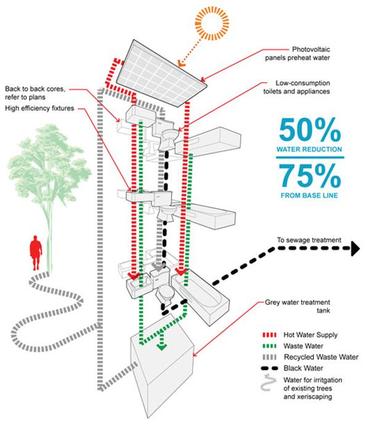
Water
Used water can be split into two categories
Blackwater and greywater
Black water is water that has been defecated
Greywater is water used for washing.
A great way to recycle water is depicted to the right (sourced from loharchitects)
Small changes can still make big differences, so any one of these methods can be implemented.
Used water can be split into two categories
Blackwater and greywater
Black water is water that has been defecated
Greywater is water used for washing.
A great way to recycle water is depicted to the right (sourced from loharchitects)
Small changes can still make big differences, so any one of these methods can be implemented.
- Rainwater Harvesting
- Grey water Recycling
- And REDUCING how much water we use
Examples of Innovative Recycled Structures
Das Park Hotel
Location: Linz, Austria
Hotel Rooms constructed from repurposed, incredibly robust drain pipes
Hotel Rooms constructed from repurposed, incredibly robust drain pipes
If you are going to design, engineer and construct something, consider where it will end up and what of your waste can be recycled. Or even better, consider as a fore-thought... 'what can you use in your design that someone else has callously discarded?'
Sources
http://www.recyclenow.com
http://www.greenyour.com
http://www.cemex.com/
http://www.wbcsdcement.org/pdf/CSI-RecyclingConcrete-FullReport.pdf
http://www.direct.gov.uk/en/Environmentandgreenerliving/Wasteandrecycling/DG_064365
http://www.recyclenow.com
http://www.greenyour.com
http://www.cemex.com/
http://www.wbcsdcement.org/pdf/CSI-RecyclingConcrete-FullReport.pdf
http://www.direct.gov.uk/en/Environmentandgreenerliving/Wasteandrecycling/DG_064365
By Paris Albert
